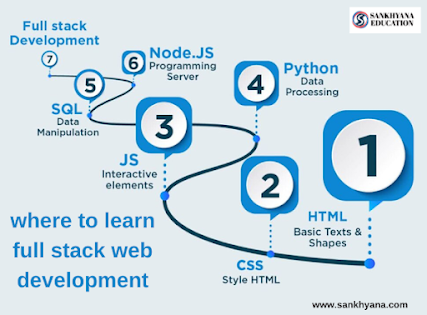Understanding Data Structure in Python
Understanding Data Structure in Python
Data structures are fundamental components in computer programming that allow for the efficient organization and manipulation of data.
Register your interest here: https://forms.gle/d5tXMKLhdAEmR6xW7
Introduction:
Data structures are fundamental components in computer programming that allow for the efficient organization and manipulation of data. Python, a popular programming language, provides several built-in data structures that enable developers to handle diverse data types effectively. In this article, we will explore the essential data structures in Python and understand their characteristics, use cases, and operations.
1. Lists:
Lists are versatile and widely used data structures in Python. They are ordered collections of items enclosed in square brackets and separated by commas. Lists can contain elements of different data types and can be modified (mutable). Key operations include appending, accessing elements by index, slicing, and iterating over the list. Lists are suitable for scenarios where dynamic data storage and manipulation are required, such as managing collections of objects or implementing stacks and queues.
2. Tuples:
Similar to lists, tuples are ordered collections of elements. However, they are enclosed in parentheses and are immutable, meaning their values cannot be changed once defined. Tuples are useful when you need to store a fixed set of values that should not be modified. They are often used to represent coordinates, database records, or function return values.
3. Sets:
Sets are unordered collections of unique elements, enclosed in curly braces. They do not allow duplicate values. Sets provide mathematical set operations such as union, intersection, and difference, making them useful for tasks like removing duplicates from a list, checking membership, or performing set comparisons. Sets are mutable, allowing the addition and removal of elements.
4. Dictionaries:
Dictionaries are key-value pairs enclosed in curly braces. They provide an efficient way to store and retrieve data based on unique keys. Dictionaries are unordered and mutable. Keys must be immutable (e.g., strings, numbers), while values can be of any data type. Dictionaries are ideal for scenarios that require fast lookup and retrieval based on specific identifiers.
5. Arrays:
Arrays are homogeneous collections of elements stored in contiguous memory locations. In Python, arrays are provided by the `array` module. Unlike lists, arrays are designed to store elements of the same data type, resulting in more memory-efficient storage and faster access to elements. Arrays are useful when dealing with large datasets or performing mathematical computations.
6. Linked Lists:
Linked lists are dynamic data structures consisting of nodes linked together by pointers. Each node contains data and a reference to the next node. Linked lists are beneficial for efficient insertion and deletion operations compared to arrays or lists. They are used in scenarios where frequent data modifications are expected, such as implementing queues or managing memory allocation.
Conclusion:
Understanding data structures is essential for effective programming in Python. The built-in data structures - lists, tuples, sets, dictionaries, arrays, and linked lists - provide different capabilities and characteristics to suit various data manipulation requirements. By selecting the appropriate data structure based on the specific use case, developers can optimize memory usage, improve performance, and enhance the efficiency of their Python programs.
.png)



Comments
Post a Comment